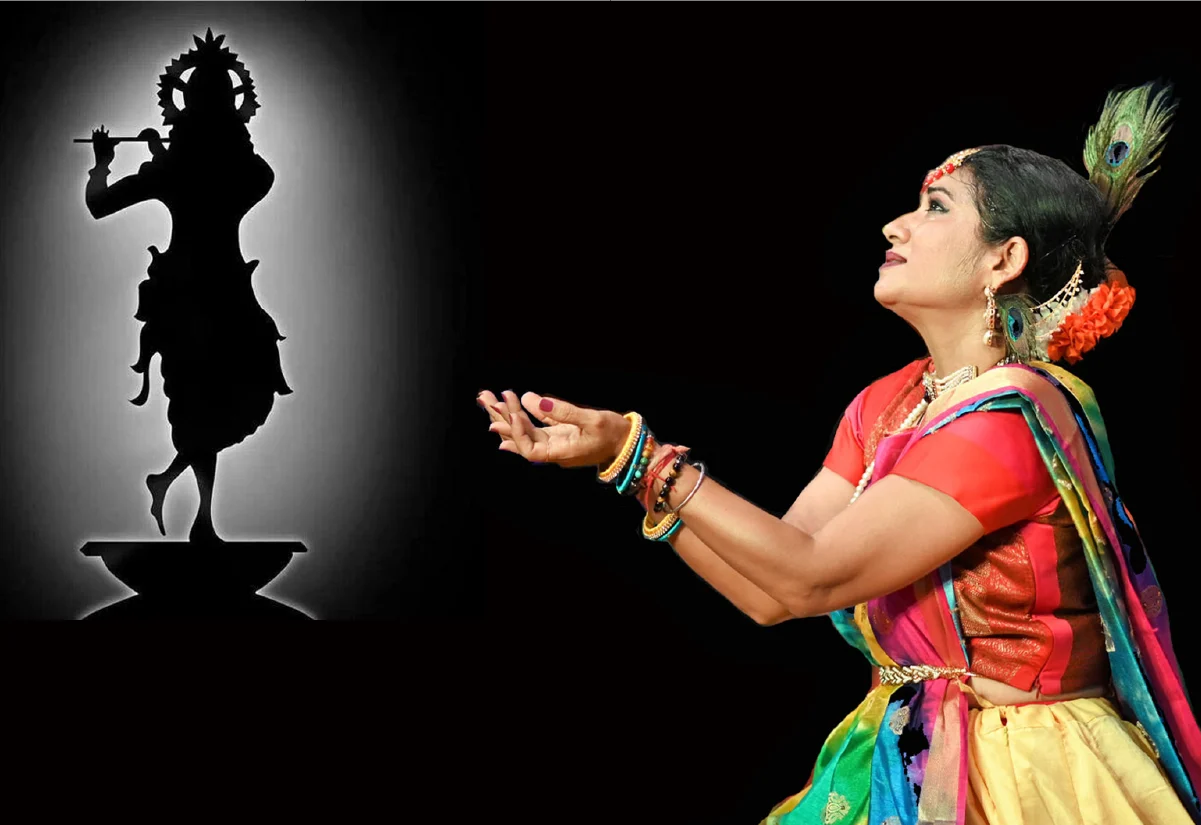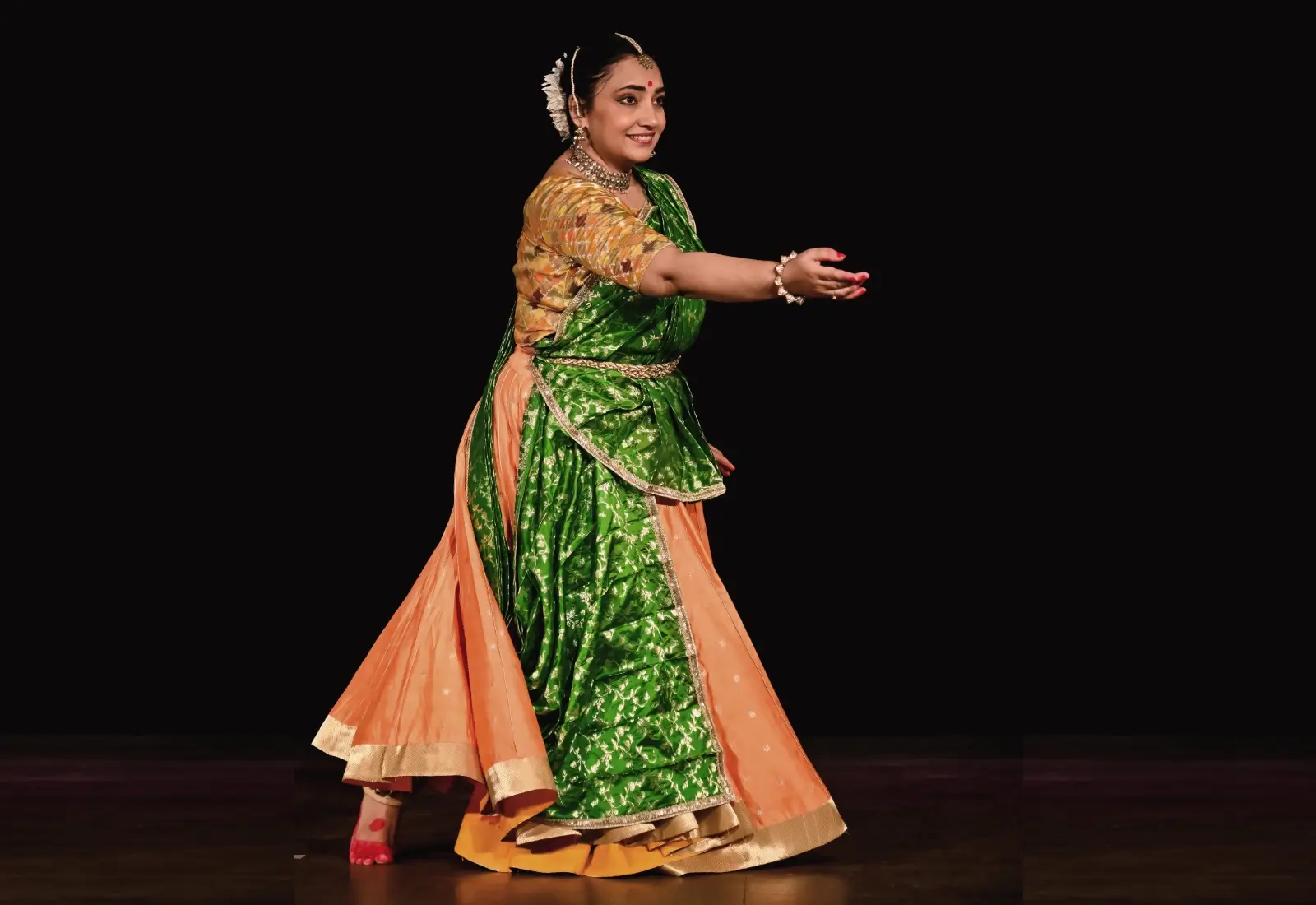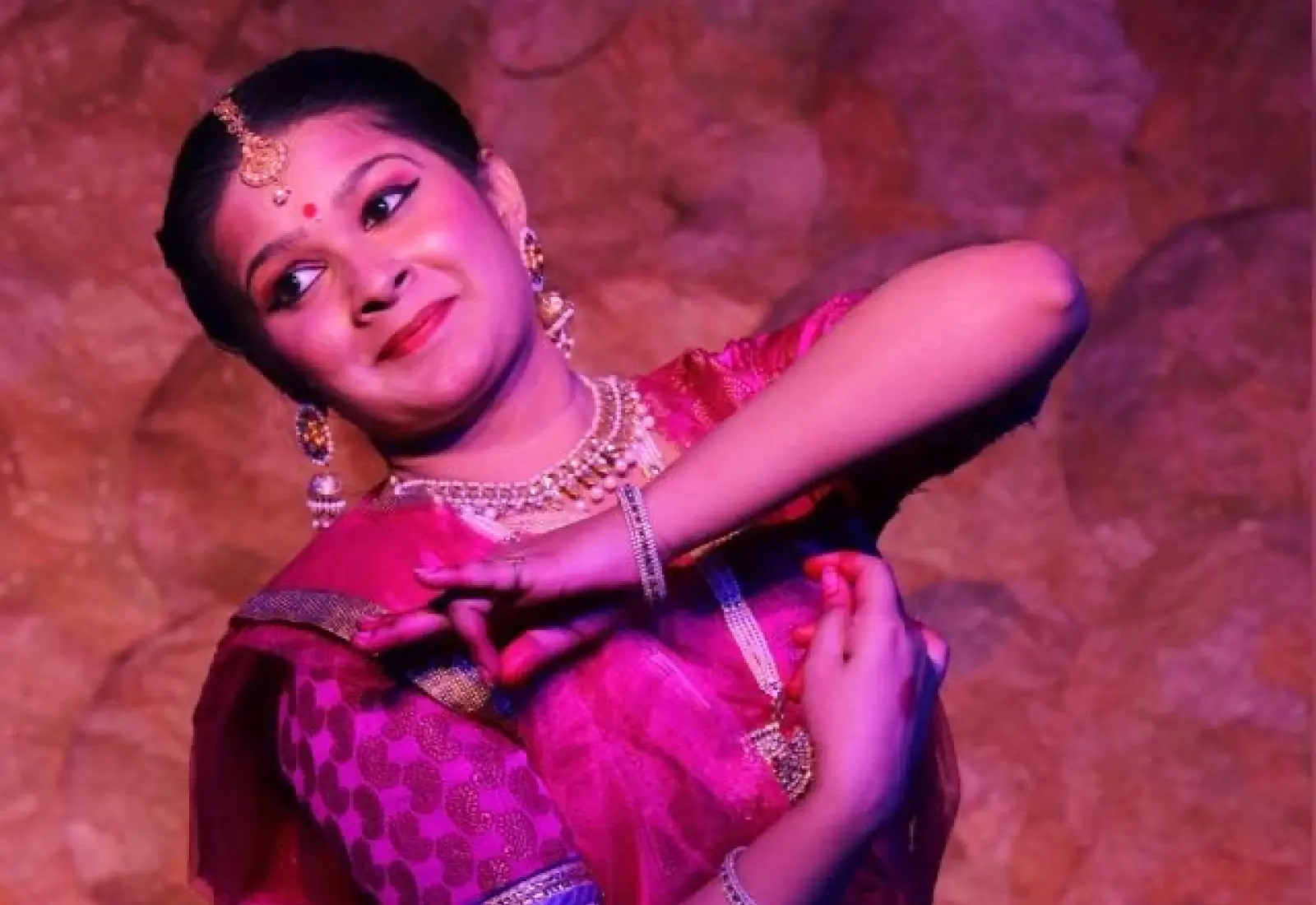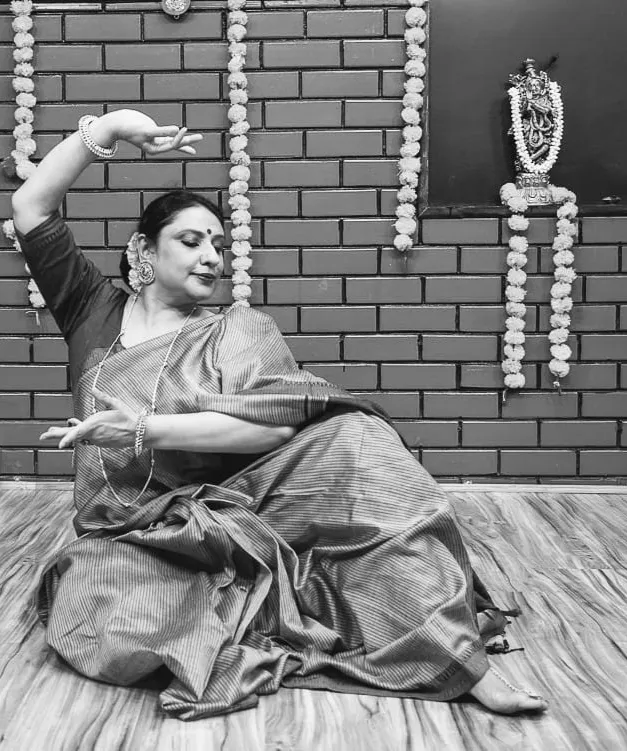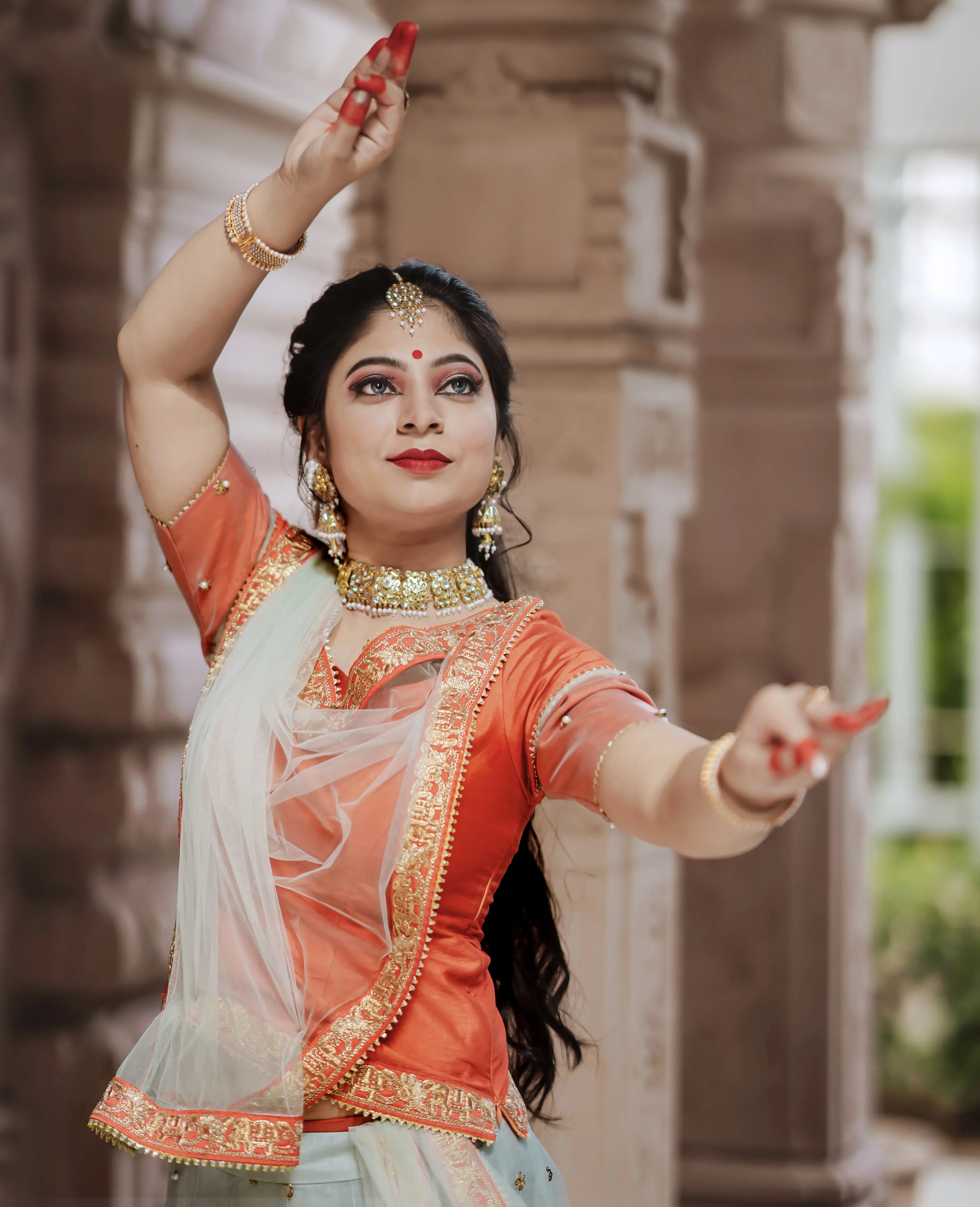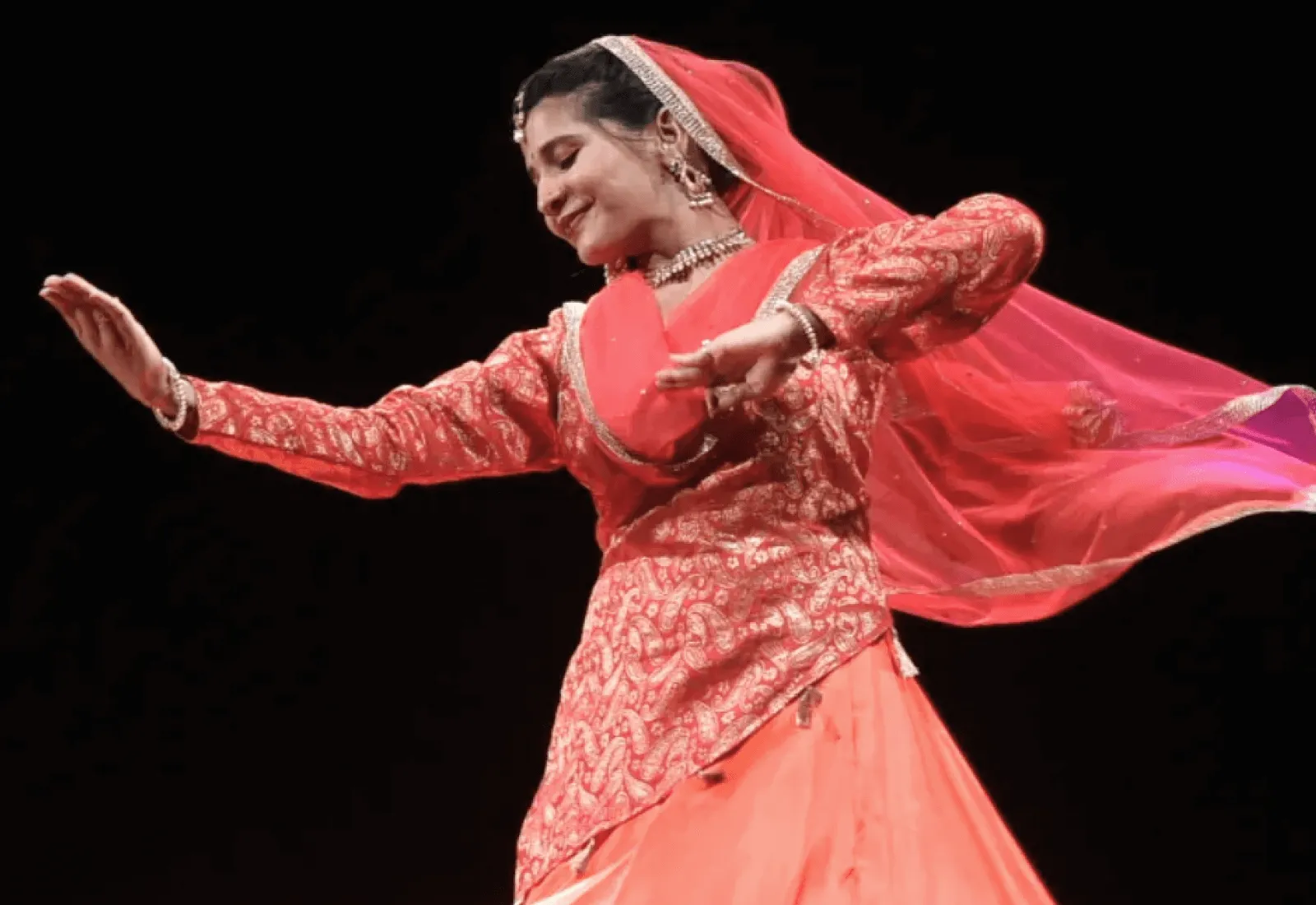Top
All You Need to Know about Kathak Classes Online
Is it possible to learn from Kathak classes online? Well, it could be good to watch and pick some nuances. But is it possible to attain the kind of perfection like that of an offline class? In an offline class, you train in front of your teacher. They demonstrate the steps right in front of you and hold your limbs to correct your posture! …. And so on.
So many questions cloud our minds at the very mention of learning dance online. And it is not at all baseless. There is indeed a world of difference in the learning experience in an online class as compared to an offline class. However, both have their own merits and demerits.
If you are a Kathak student or planning to start learning Kathak online, this article will help you get the best out of online Kathak classes.
Online Classes - Disruption in the Learning Process across the board
The world has been experiencing an overhaul in the learning methodologies for almost a decade because of the steady growth of ed-tech platforms. This has only gained momentum in the past couple of years during the covid pandemic.
Online classes or virtual learning sessions have come at par with offline classes, and webinars have outnumbered seminars. Likewise, workshops, hobby classes, summer camps, fitness activities, and much more - that earlier would take a back seat due to reasons like inaccessibility or time constraints, have now become easy to pursue only because of the online learning platforms.
Learning from Kathak Classes Online
One common factor in all traditional Indian performing art forms is that they are all ‘guru-mukhi vidya’. The student has to be in front of the teacher, observe him/her, and emulate the techniques. This one-to-one interaction is at the core of the teaching/ learning process. And Kathak is no exception in this regard.
Even five years back, finding a good mentor from an authentic Gharana of Kathak was a matter of serendipity. Only very fortunate students could get such opportunities. However, thanks to technology, staying connected, carrying out businesses, guided activities, and sharing skills and knowledge has become common. And hence, connecting with a good mentor and learning Kathak under his/ her tutelage has also become possible.
Kathak… Beyond just a dance form
Kathak originated in North India and evolved to be a popular classical dance form in India. However, the impact of Kathak in the lives of its pursuers is much beyond just dance.
It provides a very strong foundation for performing artists of diverse genres and stages. Kathak not only trains the performer in dance and choreography but also in acting and narration.
Several renowned choreographers and actors take up Kathak courses to amp up their skills in their respective professions.
Significant Areas to Focus in Kathak
Narration
As the saying goes - ‘Kathan kare so kathak kahave’- it means - One who tells stories is called Kathak. Kathak or Kathakar is a storyteller. The word Kathak comes from the word ‘Kathakar’. Hence, the first and the utmost important thing in Kathak is the ability to narrate. And the mode of narration is dance.
Fundamental techniques
Tatkaar is a rhythm-bound footwork. It is the first thing that is taught in a kathak class as the basic footwork of Kathak.
The bol for tatkar goes like this -
Ta thei thei tat || Aa thei thei tat.
It is practiced by stroking alternate feet. The legs and the torso remains straight.
Late. Pandit. Birju Maharaj says tatkaar is the beej mantra in Kathak. The student has to learn this so well that it becomes his/her second nature.
Chakkar - In Kathak, the dancers spin on their feet. These chakkars are used to define the prowess and stamina of the performer.
Abhinay - Out of the three fundamental skills of Kathak, abhinaya is the aspect that breathes life into the dance.
Tandava - A dance expression that takes after the tandava nritya of Lord Shiva.
Lasya - It is the graceful feminine reciprocation of Goddess Parvati.
Things to keep in mind before opting for Kathak classes online
The best and the most talked-about benefit of learning Kathak online is that there will never be any limitation - be it time or location.
Pre-recorded or Live learning sessions online
There are several options - pre-recorded sessions, interactive live online meetings, and individual or group classes. Students who have achieved a certain level of proficiency can opt for pre-recorded sessions, while absolute beginners should opt for live online classes.
In the live classes, the teacher demonstrates the body posture and movements during the meeting itself. Later, recorded videos are also shared for the students to follow along at the time of home practice.
Group class or an individual class
Group classes are best suited for students who have attained similar proficiency levels, grasping capacity, and learning objectives. However, this is a rare case.
Every student is unique in their receptivity and expression of a new skill. They have different learning capacities. Their growth possibilities are also different.
In an individual class, the student enjoys the undivided attention of the teacher. The curriculum can be customized to meet the learning objectives and grasping capacity of the student.
Beginners should opt for individual classes as they require proper handholding. Also, the advanced level students have a very specific learning objective and can only be paired with other learners who match their proficiency level.
One drawback of live online group classes is that connectivity issues of one student can be distracting for the entire class. However, in an individual class, the class timings can be extended or re-scheduled as per mutual convenience.
Is it important to learn from a particular Gharana?
Beginners should stick to a particular Gharana until they reach a level of proficiency. After that, they can pick the nuances from other Gharanas as well. But to know the differences between the different Gharanas, the students should be extremely well versed in the concepts.
Things you must ask before choosing your Kathak dance teacher
First thing first, know the person whom you are going to choose as your mentor.
- Go through their records as performers.
- Evaluate the Gharana that they belong to.
- Also, learn about their mentors.
- Discuss with them their teaching methodology - how do they make online classes as effective as offline classes?
- How do they make sure that the students get the body movement and postures right?
- How do the teachers review the progress of the students in the online classes?
Getting the practical concepts right
The biggest challenge in learning or teaching Kathak is the time it takes to get one wrong step corrected. There are chances of miscommunication and misinterpretation.
In offline classes, the teacher can physically touch the students and rectify their postures. However, for online classes, the student has to practice the steps, record them and send them to the teacher. The teacher might rectify the posture during the next online class or share the feedback through a recorded message.
However, on the hind side, having the steps recorded provides an easy point of reference for the students.
To get the most out of Online Kathak courses -
- Make sure the room is well lit.
- Ensure a steady internet connection.
- Invest in a good recording camera.
- Opt for taking the classes through a smart television instead of straining your eyes over a mobile phone or laptop.
In conclusion
Being able to learn kathak through online classes is a boon. Several beginners, as well as seasoned performers, can carry on with their practices only because of these online classes. Though there are a few glitches in the learning process compared with the offline classes, it is still worth it. Hence, go for it! Connect with the best teachers online and continue with your journey of learning Kathak. In due course of time, the online learning avenues will open up further.
Connect with some of the best mentors for online Kathak classes at one of the top learning platforms - ipassio.com.




